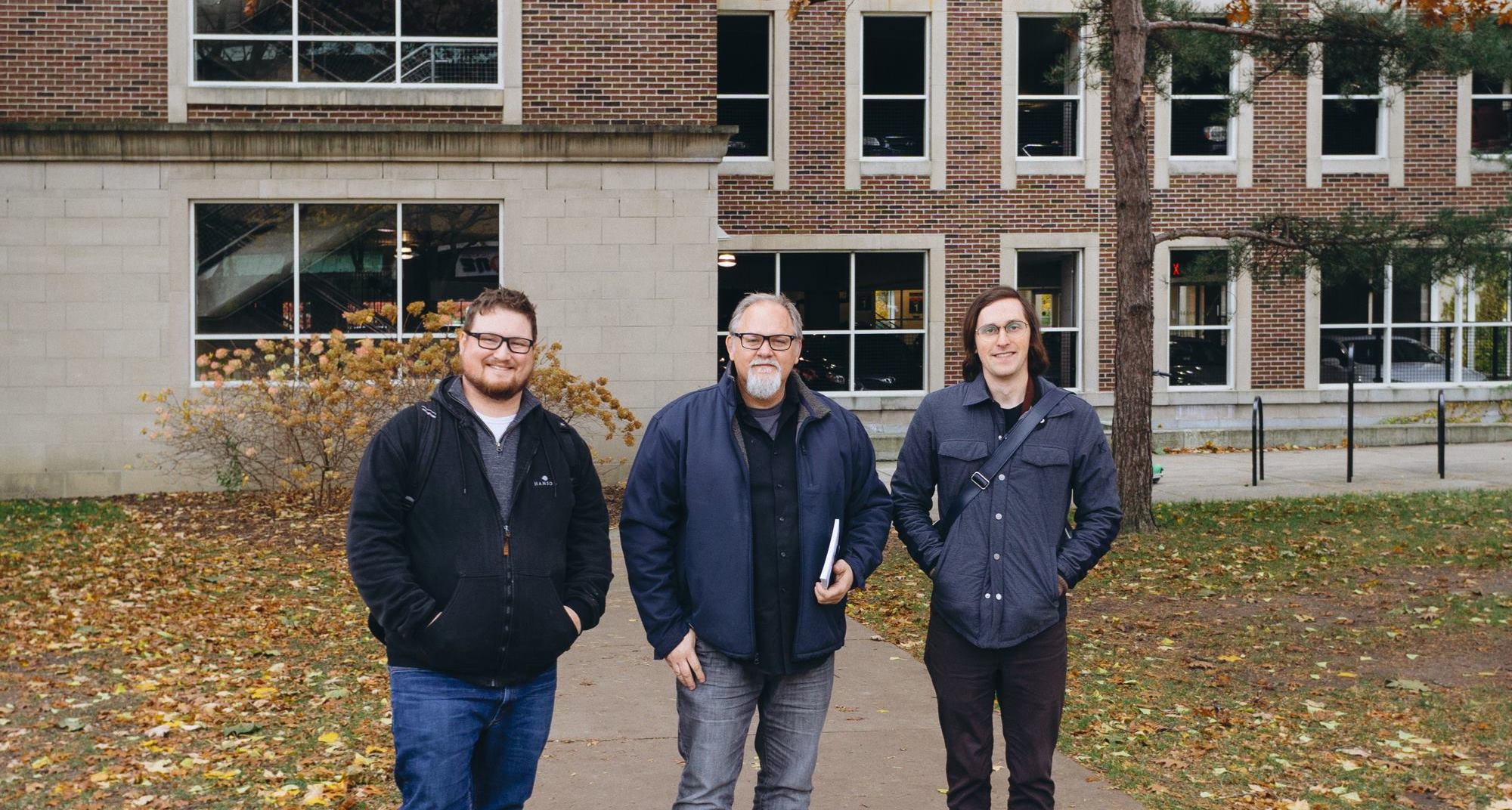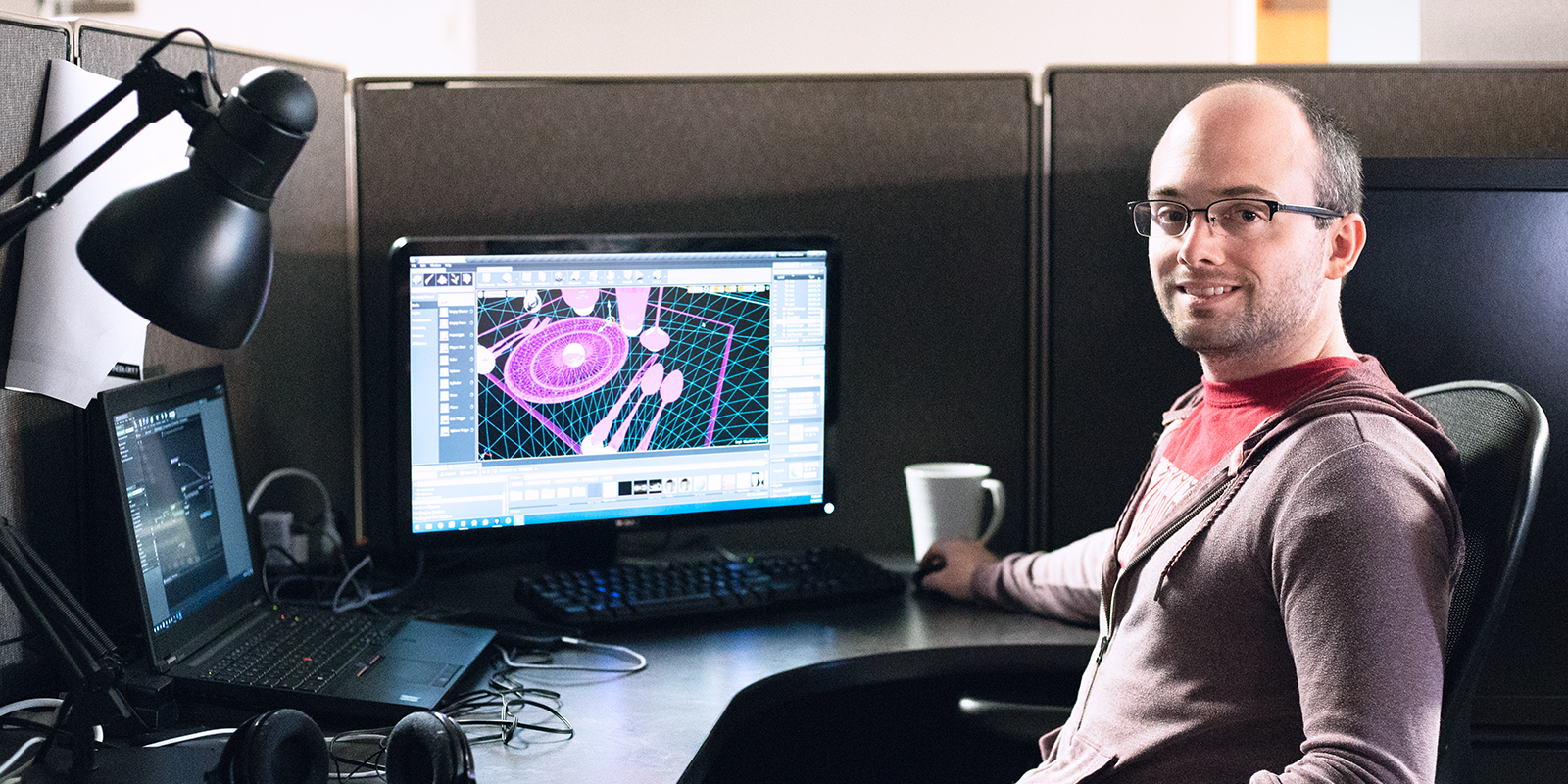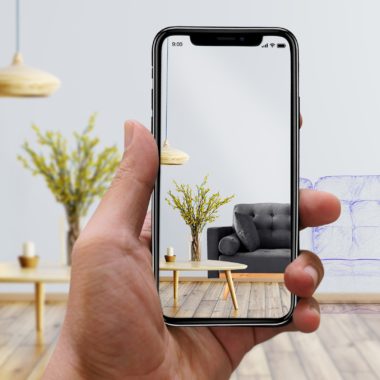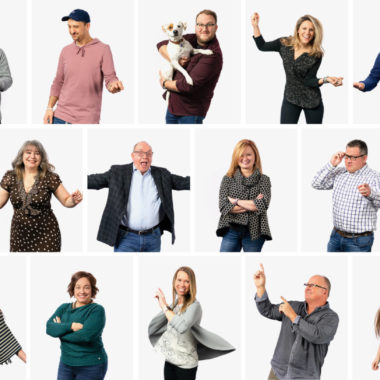What We Learned from World Usability Day 2018
World Usability Day is a single day of events that occur annually around the world to bring together communities of professional, industrial, educational, civic, and government groups for one common objective: to ensure that the services and products imporant to life are easier to access and simpler to use. To honor this day that intersects with so much of our daily lives here at Hanson, we sent a team to Michigan State University’s 16th annual World Usability Event so that Mike Osswald, VP of Experience, Joe Holub, Senior Functional Architect, and Scott Deca, Visual Designer could take part in the conversation about making life easier.
As a follow-up, we challenged Scott to recap the event using gifs (check it out here and below) and also sat down with Mike and Joe to hear about some of their takeaways.
Sally: So Mike and Joe, what does usability mean to you? How does it relate to the work you do every day here at Hanson?
Joe: Usability is core to every discipline we do here at Hanson. It’s not one person that specializes in it—it’s in our industry across disciplines.
One of the topics of this event was how to communicate usability to engineers, which made me think…is there any time engineers, or anyone else for that matter, aren’t thinking about usability? Visual designers, writers, all of us think about this. It’s baked in. By creating great experiences for users, that means we have to think about usability every step of the way.
We make usability decisions every day—it affects strategy, it affects design, it affects build—it even affects the scope. It’s so core and essential most people don’t realize they’re doing it when they’re doing it. We have trained ourselves to think as users. We have internal resources to carry user experience through all the way to the end.
Mike: If we’re not focused on user success, there’s no real point. It’s all about understanding the relationship between what our clients offer, and what their customers expect. But also, about user skills, knowledge, stresses, and specifics that make them unique. To ensure usability, we need to step into their shoes.
Joe: There’s no way to do usability perfectly. You’re balancing client priorities, timeline, and other things against user needs. What’s essential is understanding how important user success is to the overall experience, and the decisions come wisely after that.
Sally: Those are some great insights. For each of you, what was your favorite session at MSU’s event?
Mike: Dawn Opel is a professor and lawyer at MSU whose topic was how to talk to engineers about usability. What she primarily was getting at is how different disciplines may value the same principles, but they don’t speak the same way about things. She took more of an academic approach in terms of writing more successful grant proposals, but the connection point for me was that she emphasized that to be more successful, you need to ensure the person you are talking to understands what you are saying.
Specifically, she used a scholarly phrase—having rhetorical flexibility—which I recognized as the usability principle of speaking to someone using the words and examples that they understand and use. In her case, talking to professionals in the terms they were taught in school, or use in their line of work. In the typical usability sense, it’s basically called creating user-focused content.
Joe: All of the sessions were interesting for different reasons, but in also talking about Dawn’s talk, I think we’re really good internally at talking about usability across disciplines. But where this talk fits in is how important it is to talk about usability to our clients.
For example, when we take on a client from a vertical that we don’t spend a lot of time in every day we come up with terminology lists to understand internal terms and language that help us communicate to them. It’s one of the most important things we do because it helps us properly communicate and turn it around into something great. Once we’re all speaking the same language—or speaking our languages but understanding it the same way—you can solve user problems in a way that you can’t before. Some of our best problems and best work happens when you get everybody to understand the same way.
Mike: We talk a lot about stepping into other people’s shoes, and in this case it’s about stepping into the shoes of your clients and peers, recognizing that my coworkers come from different backgrounds, and didn’t go to school for the same things. Spending time to understand their way of thinking, so I can better explain projects in a way that makes sense to them, is something I want to keep working on.
Really enjoyed @morville talking about #usability planning and advocating for “Universal Usability” — and organizing a better future for everyone (including all sentient beings) at #MiWUD #WUD2018
— Mike Osswald ⚗️? (@mikeosswald) November 8, 2018
Sally: What are some key other things you learned?
Mike: Another person that spoke was Peter Morville, who is one of the “godfathers” of usability. He spoke about planning and usability. Peter talked about understanding different ways and complexities of planning decision-making…my interpretation of this is that by thinking about how we think and plan, we might become better at seeing bigger pictures, solving bigger things. And I especially like this topic, because since we work with a lot of manufacturers that have a lot of complicated products with a lot of choices. We know it’s not about just making a website that sells products, it’s about helping a user decide which product they even want, what even is necessary to know before a purchase can happen.
Joe: Peter also talked about how vital it is to “plan to do planning.” And that applies to us because we often communicate to clients the importance of this. They don’t see it through an outside lens, and taking time to go through usability is vital to the success of a project.
It’s all about how the phases work together—you don’t know the output ahead of time, but you have to go through the process because, by the end of what you block and tackled, you know what you know to be successful.
One thing Peter said was that “novice folks explore the depth first, where experts explore the breadth first,” and that’s something I tremendously agree with—we have to see the forest and the trees. We don’t know what each step is going to teach us but we know we need to take that step.
For World Usability Day, @eadahl gave his thoughts on ways of intentionally designing our futures as designers — problem finding, sharing your vision, mindful creation of experiences for people
#MiWUD #WUD2018 #WUD18— Mike Osswald ⚗️? (@mikeosswald) November 8, 2018
Sally: Who was the most inspiring speaker (and why)?
Mike: Erik Dahl gave the attendees a refresher talk on the fact that our goal is to intentionally design an experience, and for those who have been at it for awhile, don’t forget that while our approaches may look different today, our core principles haven’t changed. We’ve always been thoughtfully designing experiences, with the goal of making the world more usable.
My takeaway of his point was that people should be reinvigorated by the importance of what we’re doing even though we do it everyday—we should remain enthusiastic.
Joe: Yes, Erik Dahl did a nice view of usability over time. He went back to the core tenants of usability, including things such as the fact that you need empathy when designing experiences for users. Even though we’ve changed over time, the core tenants are still as relevant as they’ve ever been.
Sally: So how will you apply some of your learnings to your everyday work?
Mike: To me, the importance of speaking to your audience in their language, and feeling comfortable with planning before acting were key takeaways.
Joe: What it does for me was reinforce why we’re doing what we’re doing. Sometimes it’s easy to lose track of why it’s important to plan, or why it’s important to understand the terminology, and so it’s nice to be reminded what we’re doing this for. It was nice to take a day to go back to the root of what we do and why it’s important.
Sally: Plan before acting, I like that! What will you take with you out of these sessions moving forward?
Mike: Our whole career is meant to make the process of interacting with information the best it can be. And what we do is important because we’re trying to make everyday living better by thoughtfully approaching a project and helping give all people an effortless experience. This is 100% what usability professionals are about.
Joe: You can define “better” in many ways—it can be that a person came to an experience and was able to make meaning out of their lives, or that they were able to make a purchase decision. For example, if a person came to a site because they want a new faucet, and we’re able to educate them about different features that will work for their needs, and help them narrow down their choices with products that match and give them the confidence to make the decision, then they achieved what they set out to do. And their world is a little better for it.





